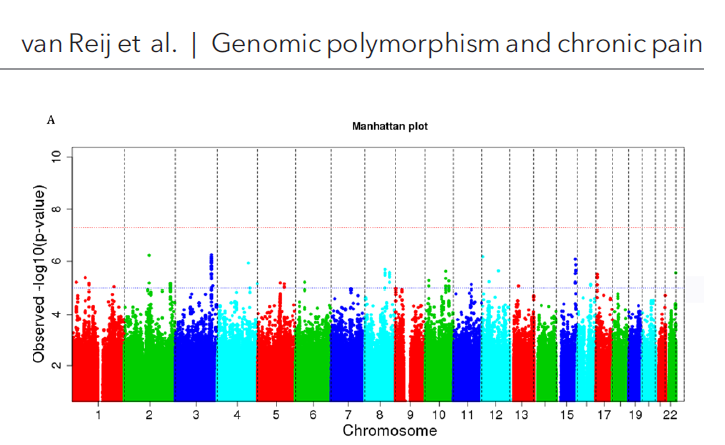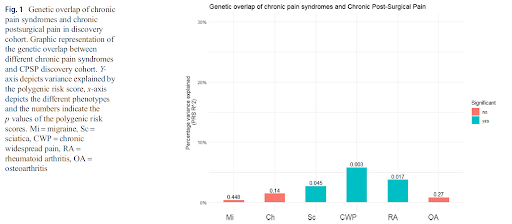Pain
Crossroad
Research theme: Cell Biology and Genetics
Clinical pillar: Pain
We study the diagnostics, pathophysiology and treatment of painful neuropathies. Research mainly focuses on the genetic background of painful neuropathies, such as sodium channelopathies, to better understand the underlying mechanisms of pain, identifying molecular targets, which may reveal new drug targets. Research is performed in collaboration with the department of clinical genomics of Maastricht UMC+, Yale University and Center of Neuroscience and Regeneration Research (Haven, USA), and Carlo Besta Insitute of Neurology (Milan, Italy).
Research on genetics and postoperative pain involves several projects. We conduct large-scale multi-center prospective genome-wide association studies to identify possible genetic risk factors for the development of chronic postsurgical pain. Furthermore, we combine the genetic risk factors with data on gene expression and protein expression date to identify the most likely risk candidates using the latest techniques (eQTL analysis, Transcriptomics, Proteomics and NeuroGenetic Imaging). Promising risk factors are further studied in the experimental pain lab (zebrafish-model) where both the effect of genetics and possible treatment strategies can be tested and validated. The ultimate goal is to identify genetic risk factors which can be incorporated in clinical prediction model of chronic postsurgical pain and to identify the biological pathways underlying the genetic risk to develop new prevention strategies. External collaboration: Prof. Luda Diatchenko (McGill University, Montreal, Canada) and Prof. Gert-Jan Scheffer (Radboud UMC, Nijmegen, the Netherlands).
Unique contributions and highlights
The PROPANE study: the main objectives are to resolve the genetic architecture of painful neuropathy achieving a stratification of high-risk neuropathic pain patients by novel biomarkers, to deepen understanding of underlying mechanisms and druggable targets and to identify new molecules tailored to potentially drug-responder patients and determine their effects in pre-clinical settings.
The PAIN-Net project: an Innovative Training Network with the aim to train a new generation of creative, entrepreneurial and innovative early-stage researchers, able to face current and future challenges in neuropathic pain and to convert knowledge and ideas into products and services for economic and social benefit.
Pain Predict Genetics: A collaboration focussed on elucidating the genetic risk factors of chronic postsurgical pain and introducing the risk factors in a highly accurate clinical prediction model. Furthermore, more insight into the biological mechanisms underlying chronic postsurgical pain will be elucidated.

Illustration: Genome wide association plot of genetic risk factors involved in the development of CPSP. van Reij et al., Anaesthesia. 2020;75 Suppl 1:e111-e20.

Genetic overlap of chronic pain syndromes and chronic postsurgical pain Mi =migraine, Sc = sciatica, CWP = chronic widespread pain, RA= rheumatoid arthritis, OA = osteoarthritis. Adapted from van Reij et al., Neurogenetics. 2020;21(3):205-15.


Involved staff in this crossroad
- Karin Faber
- Janneke Hoeijmakers
- Bert Smeets
- Bert Joosten
- Wolfgang Buhre
